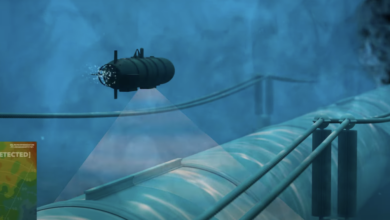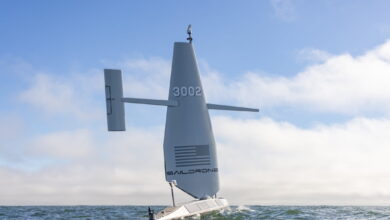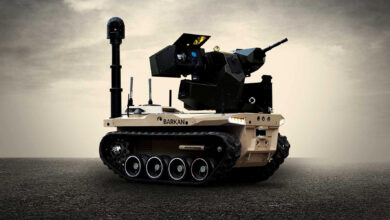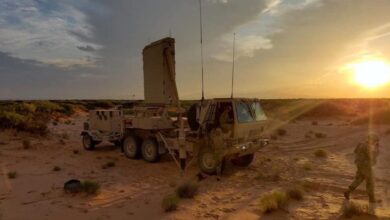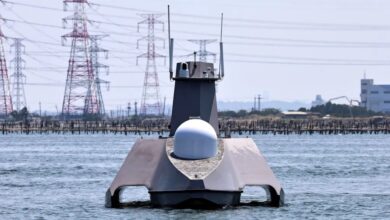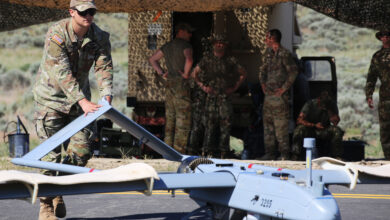AFRL Develops First 3D-Printed Rocket Engine Thrust Chamber
The US Air Force Research Laboratory (AFRL) has produced its first additive-manufactured rocket engine thrust chamber.
Additive manufacturing is similar to industrial 3D printing, which uses different materials to mold product segments.
For the project, experts applied laser powder-directed energy disposition (DED) to build the chamber, an approach leveraging metal powder injection as base material and a high-power laser to construct the part in a temperature-controlled environment.
“It provides the largest build box volume for thruster hardware to date, capable of printing seven-foot-tall parts,” AFRL Combustion Devices Chief Dr. Javier Urzay explained.
“DED enables an order of magnitude less investment in powder and less material waste. Engineers can also realize alloy blending and transitions in real time for multi-alloy builds to exploit the strength, weight and performance gains of next-generation superalloys.”
AFRL invested in modern manufacturing methods such as DED to enable the agency to boost rocket engine designing, maintain low-cost operations, and accelerate timelines from conceptualization to field tests.
“These unique capabilities allow us to tackle complex engine designs requiring fewer iterations and leveraging shape optimization, lightweight materials, advanced metal alloys and composites, and rapid manufacturing,” Urzay said.
‘Breakthrough’ Solution
AFRL’s Rocket Propulsion Division is working with the domestic space industry to couple advanced additive manufacturing processes with digital engineering.
Adopting these technologies will eventually transition traditional rocket engine hardware manufacturing to automated manufacturing procedures assisted by machine learning, artificial intelligence, computer-aided design, digital twins, and other production solutions, the organization said.
AFRL highlighted that the modernization is “necessary” to produce pressure vessels, valves, manifolds, injectors, turbomachinery blades, and other 3D rocket parts and internal components “that are not easily achievable” in traditional manufacturing processes.
“This latest breakthrough in additive manufacturing for rocket engines in our branch is one in a series that has been made possible only by forging long-lasting relationships across multiple industrial partners and government organizations, including the AFRL Materials and Manufacturing Directorate and NASA Marshall Space Flight Center,” Urzay stated.
“Their work is extremely valuable for the nation, and together we are an unstoppable team.”



